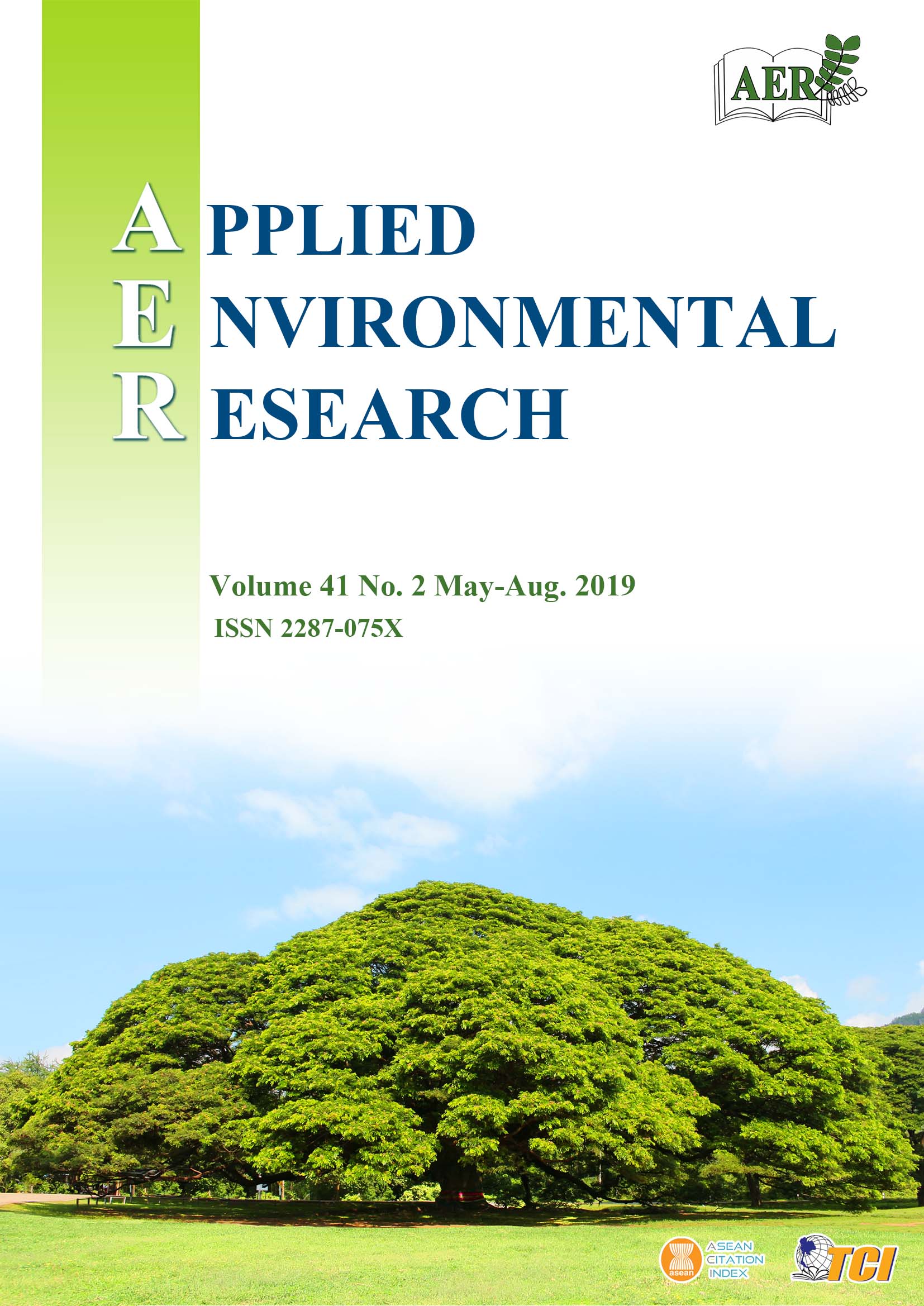Updated Basis Knowledge of Climate Change Summarized from the First part of Thailand’s Second Assessment Report on Climate Change
Main Article Content
Abstract
Recent evidence and key issues on climate change in Thailand have been presented in the first part of Thailand’s Second Assessment Report on Climate Change (2nd TRAC). The report highlights key findings including 1) a significant country-wide warming of 1.30 oC over the past 48 years (1970-2017); b) significant changes in rainfall patterns at smaller spatial and finer temporal scales; c) significant changes in temperature and rainfall extreme events over the last four-five decades; d) a significant decrease in frequency of tropical cyclones entering Thailand; e) significant rise in sea level in the seas around Thailand at higher rates than the global average; and f) significant projected increases in temperature and rainfall in Thailand by 2100. The first part of the 2nd TARC provides a comprehensive and updated analysis of climate change impacts in Thailand that can be used as an authoritative reference for building understanding and awareness, as well as for designing adaptation and mitigation strategies. Moreover, it can serve as a repository for scientific information to support further research related to impact, adaptation and vulnerability to climate change. Regular assessment of national climate change impacts is essential to informing national policy and to allow policymakers to assess priorities and set meaningful targets in line with the country’s international obligations under the Climate Change Agreement.
Article Details

This work is licensed under a Creative Commons Attribution-NonCommercial 4.0 International License.
Published articles are under the copyright of the Applied Environmental Research effective when the article is accepted for publication thus granting Applied Environmental Research all rights for the work so that both parties may be protected from the consequences of unauthorized use. Partially or totally publication of an article elsewhere is possible only after the consent from the editors.

